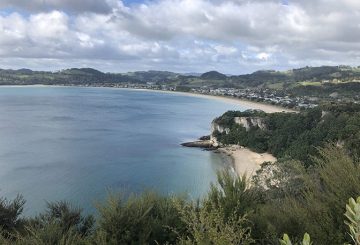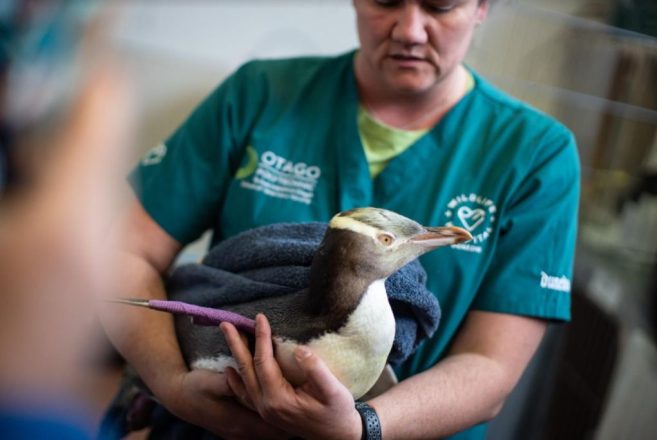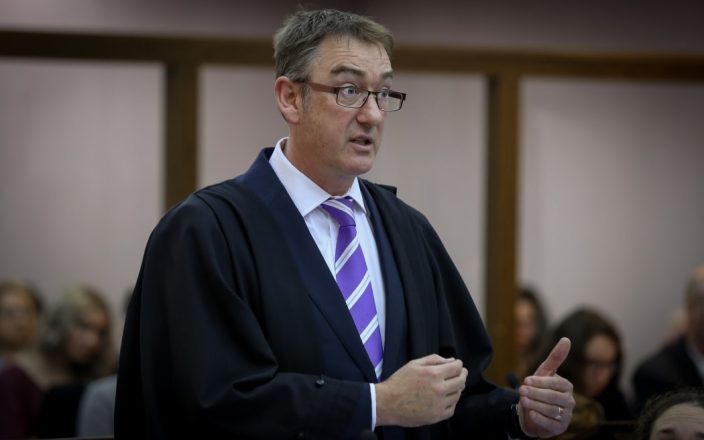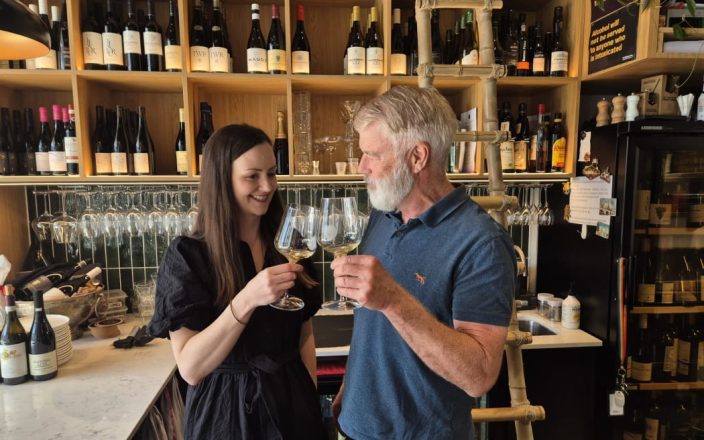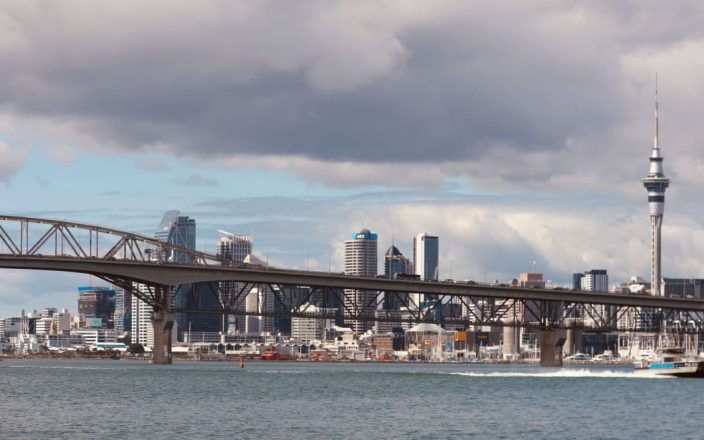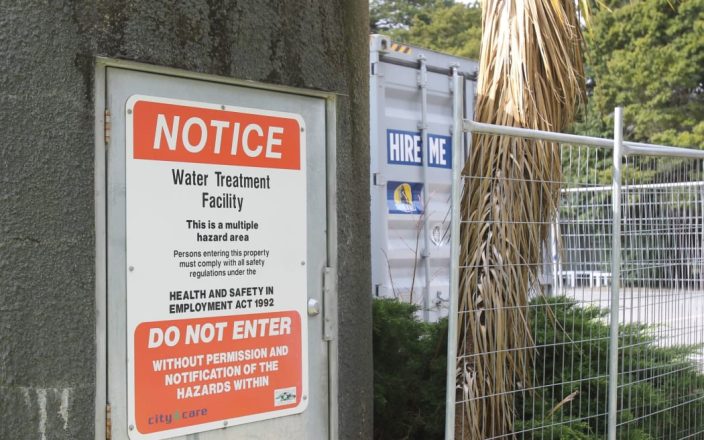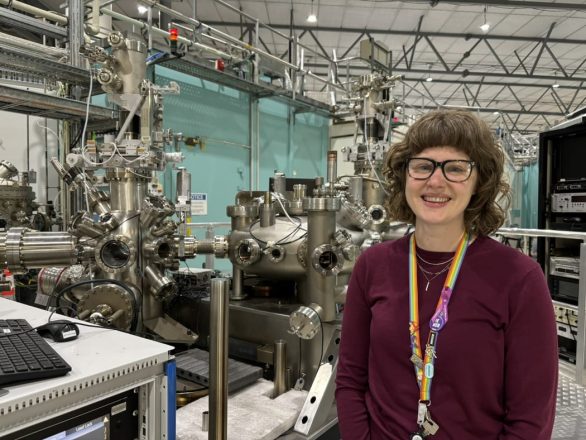혹스베이 과일 재배자 협회는 사이클론의 영향을 받은 과수원의 미사 및 잔해 제거가 지연되면 지역 경제에 타격을 줄 수 있다고 경고합니다.시의회는 미사 제거 예산을 관리하는 동시에 도급업체들에게 근무 시간을 단축하라고 지시했습니다.
정부는 지난 5월에 발표한 타이 라휘티를 위한 7천만 달러 기금 중 4,400만 달러를 혹스베이에 지원했다.
협회의 총책임자인 딘 스미스 (Dean Smith) 는 많은 재배자들이 상황을 이해하고 있지만 아직 기다리는 재배자들은 지연이 어렵다고 말했다.해결되지 않은 상황은 재배자뿐 아니라 지역 및 국가 경제에도 영향을 미칩니다.
사이클론 가브리엘 이후 진흙과 미사가 에스크 밸리를 비롯한 많은 지역에 영향을 미쳤습니다.
지역 의회의 미사 회수 태스크 포스를 이끌고 있는 대런 드 클러크 (Darren de Klerk) 는 재배자들의 불만을 인정했습니다.재배 시즌이 다가옴에 따라 과수원은 농작물을 보호하기 위해 열심입니다.그는 경제를 지원하고 건기에 먼지를 관리하기 위해 파종하는 것이 중요하다고 강조했습니다.
De Klerk는 청소가 더디게 진행되면 일자리가 손실될 수 있고 경제적 어려움도 더 커질 수 있다는 점도 언급했습니다.그는 와이로아 디스트릭트와 네이피어 시의회가 현재 충분한 자금을 확보하고 있지만 앞으로 몇 달 안에 예산 문제에 직면할 수도 있다고 언급했다.
사이클론 복구 담당 장관 그랜트 로버트슨 (Grant Robertson) 대표는 공무원들이 시의회와 협조하여 미사 제거 작업을 지속할 수 있도록 노력하고 있다고 밝혔습니다.정부는 이미 혹스베이와 타이 라휘티의 청소 활동에 2억 3천만 달러 이상을 투입했습니다.혹스베이의 200개 지역에 약 백만 입방 미터의 미사가 남아 있습니다.

















































